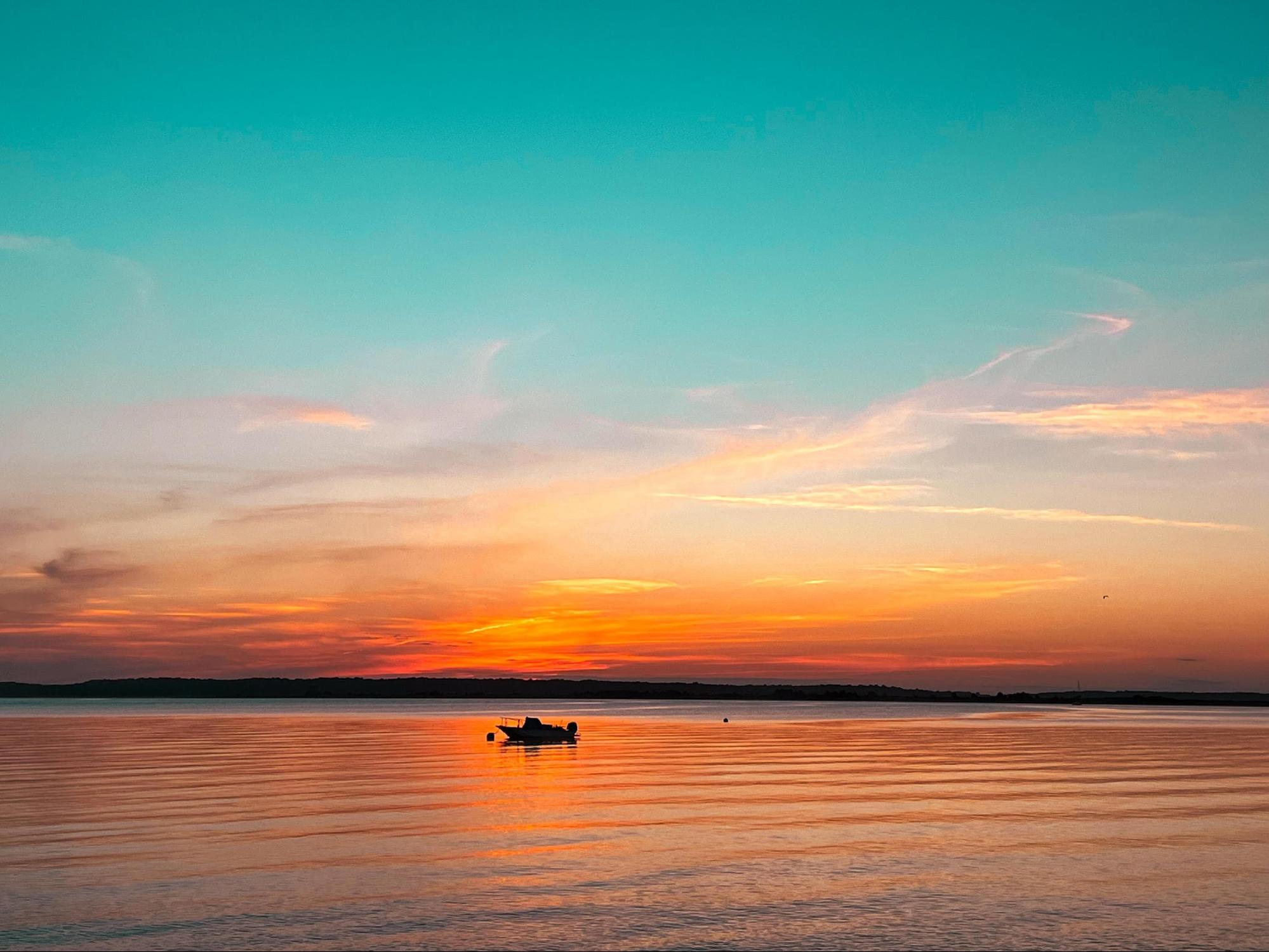East Hampton, New York’s Grace Estate, celebrates its 40th anniversary as an eco-friendly hamlet, offering a compelling case study for how luxury real estate can coexist with environmental preservation. The story of Grace Estate, a 515-acre nature preserve in the Northwest Woods of East Hampton, NY, exemplifies the power of community-driven land conservation and the potential to replicate such efforts in other high-end real estate areas.
A Legacy of Preservation and Community Action
The journey of the Grace Estate from a proposed luxury development to a protected nature preserve began in 1981 when North Bay Associates purchased the 623-acre tract with plans to build hundreds of luxury condos. The proposed development, featuring swimming pools, tennis courts, and shared dining facilities, promised an upscale lifestyle. However, the project also posed significant threats to the local environment, particularly the productive scallop beds in Northwest Harbor.
Local advocacy groups like the Northwest Alliance and the Committee to Save the Grace Estate, supported by the East Hampton Town Trustees, mobilized to protect the land. Motivated by a deep connection to the local environment, these groups spearheaded efforts to challenge the development plans. Their advocacy led to a public referendum, where the town voted to purchase 515 acres of the estate for $6.3 million in 1985, marking a landmark achievement in East Hampton’s history.

Photo Courtesy: The Nature Conservancy | Sunset over Northwest Harbor at Grace Estate
This purchase, supported by a $500,000 contribution from The Nature Conservancy, was not without controversy. Opponents argued that the cost was too high and that zoning laws could more economically limit development. However, the community’s commitment to preserving the natural ecosystem prevailed, resulting in a compromise that allowed for limited development on 100 acres while designating the remaining land as a nature preserve.
Grace Estate: A Blueprint for Sustainable Luxury
The Grace Estate’s transformation into an eco-friendly hamlet provides valuable lessons for other high-end real estate areas. By balancing development with environmental stewardship, Grace Estate has become a model for sustainable luxury. The 30 homes developed on the estate are nestled within a heavily wooded landscape, offering residents privacy, eco-friendly landscaping, and access to safe drinking water from individual wells. The large lot sizes ensure the area’s natural beauty is preserved, contributing to the local economy and quality of life.

Photo Courtesy: The Nature Conservancy
Catherine Debackere, a seasoned real estate agent with Sotheby’s International Realty, emphasizes the unique appeal of eco-friendly luxury. “The Grace Estate is a perfect example of how high-end living can be both luxurious and sustainable. Buyers today are increasingly looking for homes that offer privacy, natural beauty, and a sense of responsibility toward the environment. Properties like those in Grace Estate meet these demands and set a new standard for what luxury living can look like.”
Replicating Success: Potential in Other High-End Areas
The principles behind preserving Grace Estate can be extended to other luxury real estate markets, such as Malibu, Aspen, or Park City, where environmental concerns often overlap with development pressures. The key to successful land conservation lies in community advocacy, strategic partnerships, and innovative land-use planning in these areas.
- Community Advocacy and Strategic Partnerships: Like in East Hampton, local communities must be at the forefront of conservation efforts. When residents have a personal stake in the outcome, as they did with the Grace Estate, they are more likely to support preservation initiatives. Partnerships with environmental organizations, such as The Nature Conservancy, can provide the necessary resources and expertise to navigate complex land-use issues and secure funding for preservation.
- Innovative Land-Use Planning: The compromise reached in the Grace Estate case, where limited development was allowed alongside extensive preservation, serves as a template for other high-end areas. Developers and municipalities can work together to identify portions of land suitable for development while setting aside significant tracts for conservation. This approach satisfies the demand for luxury housing while protecting the environment.
- Economic Incentives for Preservation: Preserving natural landscapes can enhance property values, as seen in Grace Estate, where the limited turnover of homes keeps demand high. Eco-friendly communities attract buyers who prioritize sustainability and are willing to pay a premium for homes that offer both luxury and a connection to nature. Municipalities can incentivize developers to create eco-friendly communities through tax breaks, grants, and streamlined permitting processes.
The Future of Sustainable Luxury
As East Hampton celebrates 40 years of eco-friendly preservation, the success of the Grace Estate serves as an inspiring example of what is possible when communities prioritize environmental stewardship. This milestone honors past achievements and points the way forward for other high-end real estate markets.
By adopting the principles of sustainable luxury demonstrated at Grace Estate, developers and communities can create beautiful, environmentally friendly neighborhoods that enhance residents’ quality of life while preserving the land’s natural beauty. Grace Estate’s legacy reminds us that luxury and sustainability can go hand in hand, offering a blueprint for future developments in environmentally sensitive areas. As demand for eco-friendly living grows, so does the opportunity to expand this model, ensuring that the natural landscapes we cherish are preserved for future generations.
Catherine Debackere is a real estate agent with Sotheby’s International Realty, specializing in high-end properties in the Hamptons. With over two decades of experience, she is known for her luxury market expertise and commitment to sustainable development. Catherine’s deep understanding of the Hamptons’ real estate landscape and her passion for environmental stewardship make her a trusted advisor for clients seeking luxury and sustainability in their homes.
Published by: Holy Minoza













